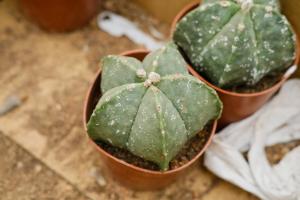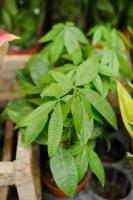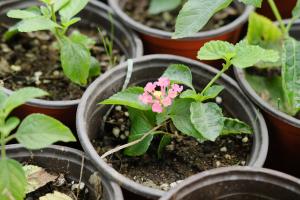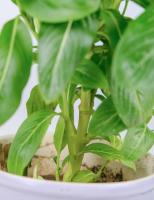Should a Fig Tree Be Planted Near a Building?
When it comes to landscaping, choosing the right plants to complement your property can be a daunting task. One of the many considerations is determining if a fig tree should be planted near a building.
Pros of Planting a Fig Tree
One of the main benefits of planting a fig tree is its visual appeal. With their broad leaves and twisted branches, fig trees make for an eye-catching addition to any garden or landscape. Not only do they add aesthetic appeal, but fig trees can also provide shade to your property, keeping your home cool during hot summer months. Additionally, fig trees produce delicious fruit that you can use in various recipes, from jams to pies.
Cons of Planting a Fig Tree
Despite their many benefits, fig trees can also pose several risks when planted near a building. First and foremost, fig trees have invasive root systems that can cause damage to a building's foundation, pipes, and other underground systems. Additionally, fig trees attract wildlife such as birds and certain rodents, which can create a nuisance and potentially cause structural damage to your home. Furthermore, fig trees are susceptible to certain pests and diseases, which can spread to nearby buildings and plants.
Considerations for Planting a Fig Tree Near a Building
If you are considering planting a fig tree near your home or building, there are a few things you should keep in mind. First, it is crucial to consider the tree's size and potential growth. A mature fig tree can grow upwards of 30 feet tall and wide, so it must have plenty of space to grow without encroaching on your property or a neighboring building. Additionally, it is essential to research the type of soil in your area to ensure that it can support a fig tree's specific needs. Finally, if you decide to plant a fig tree near a building, you should regularly inspect it for any signs of damage or disease.
Alternative Options
If you are hesitant about planting a fig tree near your building, there are plenty of alternative options available. For instance, you can install a trellis or fence to provide shade and add aesthetic appeal without endangering your building's foundation. Additionally, there are many species of trees and plants that offer the same benefits as a fig tree without the risk of an invasive root system or pests.
Conclusion
Ultimately, deciding whether to plant a fig tree near a building comes down to careful consideration and research. While fig trees are undoubtedly beautiful and beneficial, their invasive roots and susceptibility to disease can pose a real threat to nearby buildings. If you decide to plant a fig tree, it is essential to monitor it regularly and take preventative measures to prevent damage to your home. Alternatively, there are many alternative options for shade, aesthetic, and fruit production that can provide similar benefits without the risks.

 how many times do yo...
how many times do yo... how many planted tre...
how many planted tre... how many pine trees ...
how many pine trees ... how many pecan trees...
how many pecan trees... how many plants comp...
how many plants comp... how many plants can ...
how many plants can ... how many plants and ...
how many plants and ... how many pepper plan...
how many pepper plan...































